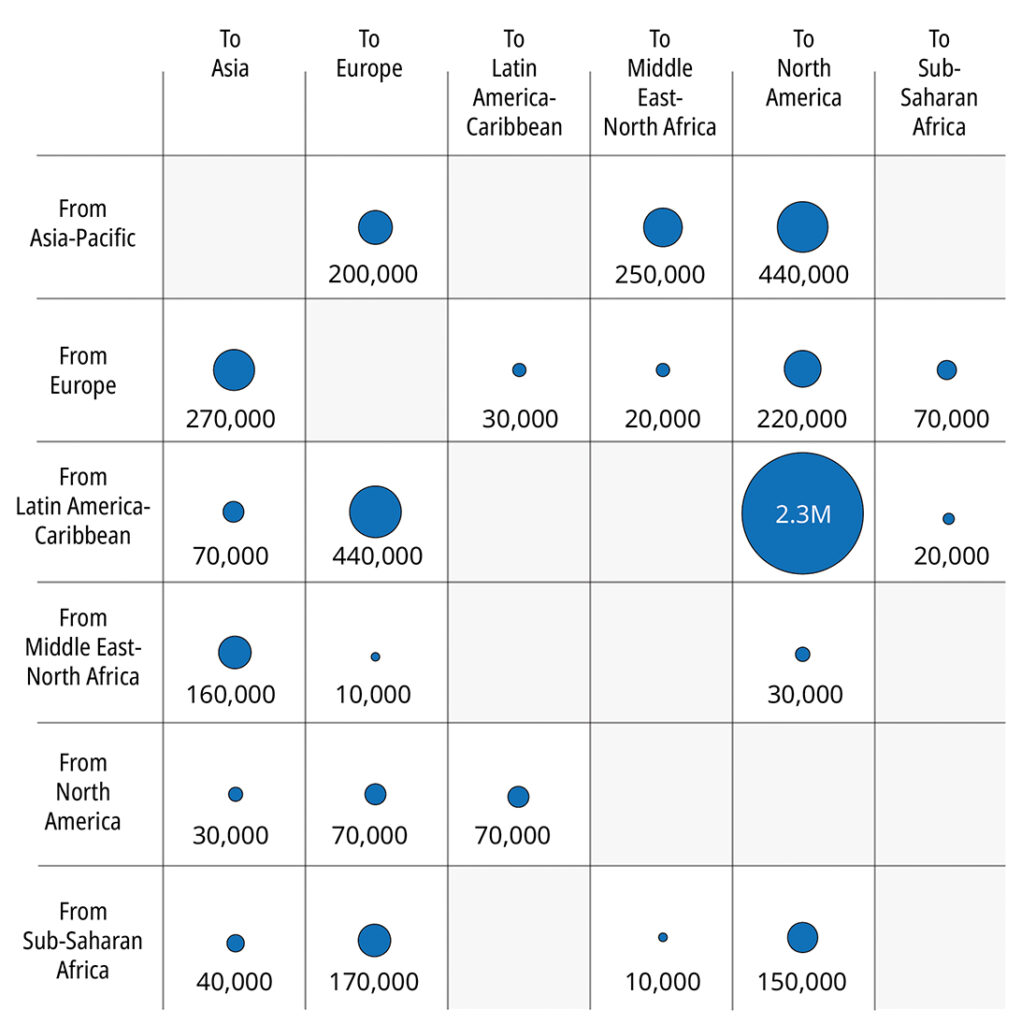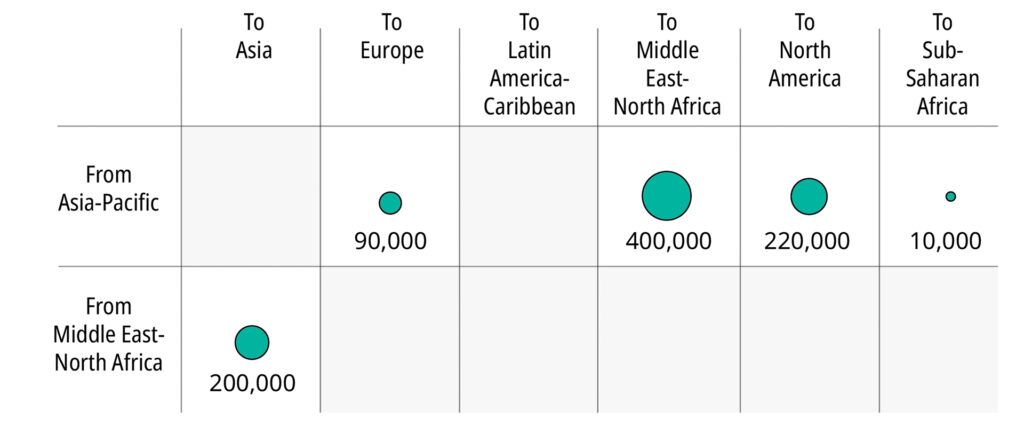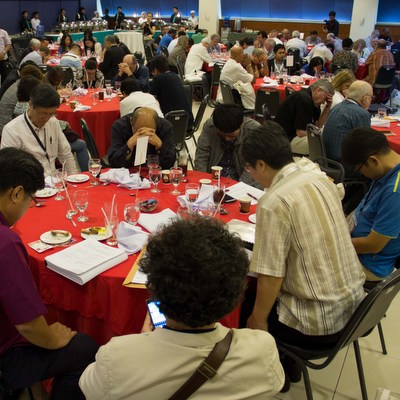Religious Migration
Christian Migration 2010-2015

A Migrant Religion
Despite high migration numbers, Christian migration is not anticipated to affect regional religious affiliation percentages between 2020 and 2050 due to the balance between immigration and emigration. Christian migration covers more diverse geography than other religious migration. North America is the largest recipient of Christian migration, notably from Latin America. Europe is the second highest recipient from Christian migration, primarily from Latin America, Asia-Pacific, and Sub-Saharan Africa.
Muslim Migration 2010-2015

2010-2050
Islamic Impact
Muslim migration primarily occurs between predominately Islamic regions and Asia. Europe is a notable exception, receiving a large number of Islamic migrants. Population growth of Muslims in Europe between 2020 and 2050 is expected to be around 63 percent growth. When compared with an expected 6 percent population decline in Europe, the impact of Islamic migration to Europe is notable. Migration creates an opportunity for the Gospel. Migration can provoke religious change in a way that is less common in one’s home context.
Hindu Migration 2010-2015

Indian Diaspora
Hindus represent a small share of the global migrant population. They are most prominent as temporary laborers in the Gulf nations (although this number is in decline) and secondarily in North America. The Indian diaspora in North America is primarily from middle- and upper-income levels.
Buddhist Migration 2010-2015

Gulf States
The Gulf nations (like Saudi Arabia, UAE, Kuwait) are a primary destination, in addition to Europe and North America for Buddhist migrants. As temporary laborers, and with high restrictions on religious freedom, migrants to Gulf nations are offered less opportunity to impact their host context than in pluralist societies like the United States.





